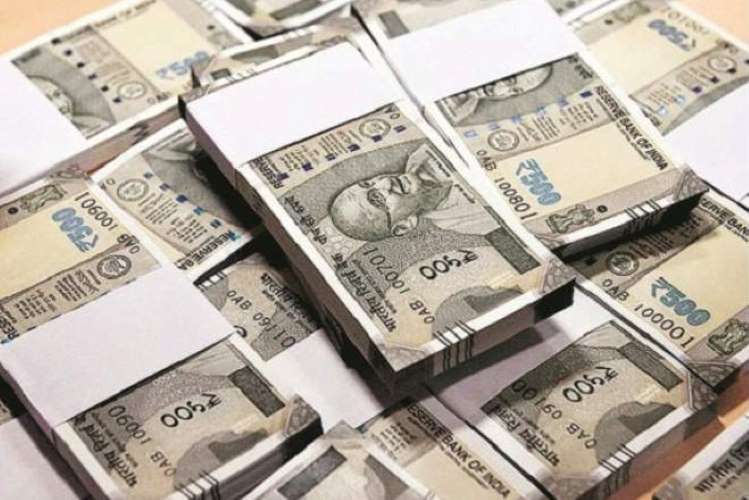
The Union government will receive an unprecedented equity dividend of Rs 63,056 crore from 67 listed PSUs for FY23 amid its ongoing privatization efforts driven by concerns about the financial stability of public sector undertakings. This record-breaking payout, based on the proposed final dividends from these companies for the previous fiscal year, represents a significant increase of nearly 25% compared to the Rs 50,583 crore received in FY22. Notably, major contributors to this dividend pool include Coal India, ONGC, and SBI.
Moreover, there is a possibility that the government’s dividends for FY23 will rise even further, as a few PSUs such as GAIL (India), Hindustan Copper, and Balmer Lawrie have yet to declare their final equity dividends. This substantial influx of revenue will have positive implications for the government’s finances, enabling increased public expenditure and potentially alleviating concerns about breaching fiscal deficit targets. The PSUs decide the dividend payout to the Union government by the stake it holds in these companies at the end of each financial year. Overall, the 67 listed PSUs are expected to distribute a combined equity dividend of Rs 1.02 trillion to all shareholders for FY23, representing a 20% increase from the Rs 84,665 crore in FY22.
READ | India’s remittance inflows face dramatic decline in 2023
This surge in dividends surpasses the amount accrued by the government in FY19, a pre-pandemic fiscal year, which stood at Rs 29,049 crore. The significant rise in PSUs’ dividends reflects their improved financial health and performance, serving as positive indicators for other underperforming PSUs to follow. It also demonstrates the overall strength of these companies and the Indian economy, especially in the face of global recession concerns due to geopolitical challenges.
The higher revenues of the government can be attributed to higher net profits and dividend payouts by state-run banks such as State Bank of India (SBI), Bank of Baroda, Union Bank, and prominent non-financial PSUs like Coal India, ONGC, Power Grid, and NTPC. Coal India was the top dividend contributor to the government in FY23 with Rs 13,550.7 crore, followed by ONGC at Rs 8,335 crore and SBI at Rs 5,740 crore. The top five contributors together account for 58% of the government’s dividends from PSUs for the year, amounting to Rs 36,500 crore.
These additional revenues have implications beyond FY23. The projected dividend amounts for FY23 exceed the estimates in the Union Budget for FY24. The Union budget for the current financial year presented by finance minister Nirmala Sitharaman expects earning to the tune of Rs 43,000 crore in dividends and profits from central non-financial PSUs. An additional amount of Rs 48,000 crore is expected from public sector banks, the Reserve Bank of India (RBI), and other financial institutions. Most of the dividend payments for FY23 will be reflected in the government’s non-tax revenues for FY24, surpassing the budget estimates.
What higher revenues from PSUs mean to govt
The surplus funds generated offer additional resources for planned expenditures in the upcoming fiscal year. These funds are utilised for developmental work, infrastructure investments, or social welfare programmes, although the extent of such allocation remains to be seen. Currently, analysts suggest that infrastructure spending and fiscal discipline should be the government’s top priorities.
Moreover, the higher revenues from the central PSUs can prove critical for government-funded schemes that have been hindered by funding shortages. One such example is the discontinued FAME scheme, which played a significant role in boosting EV sales in India through subsidies on electric vehicle purchases. Continued support for this scheme is crucial for India’s electric vehicle aspirations. There are several other sectors that would benefit from higher government spending.
As 2024 is an election year, a dividend higher than budgeted would help public finances in FY24. This will help the government with required resources to scale up public expenditure without worrying about breaching the fiscal deficit target.

